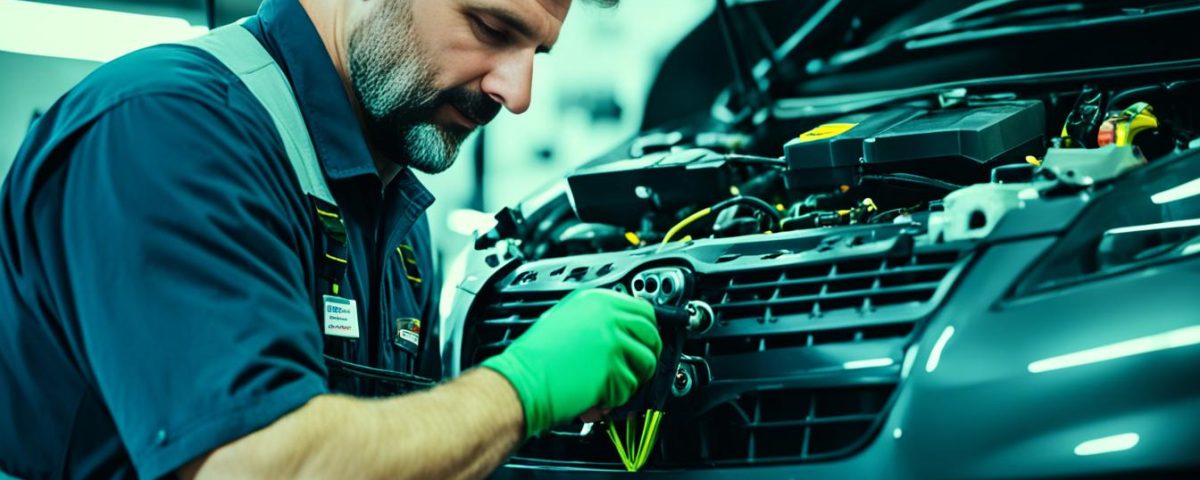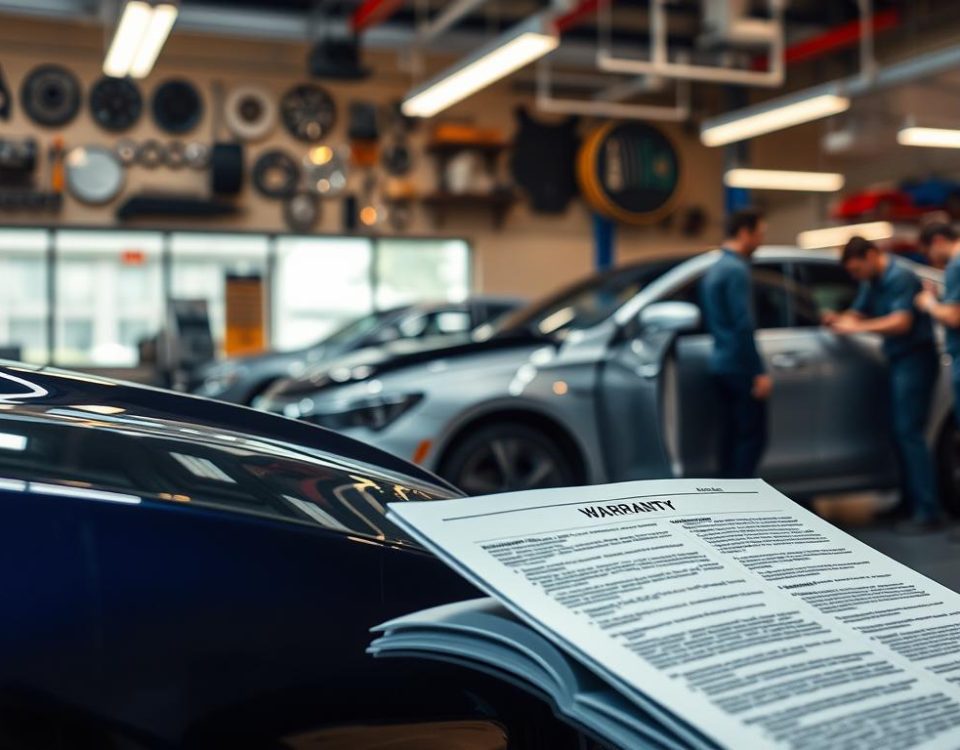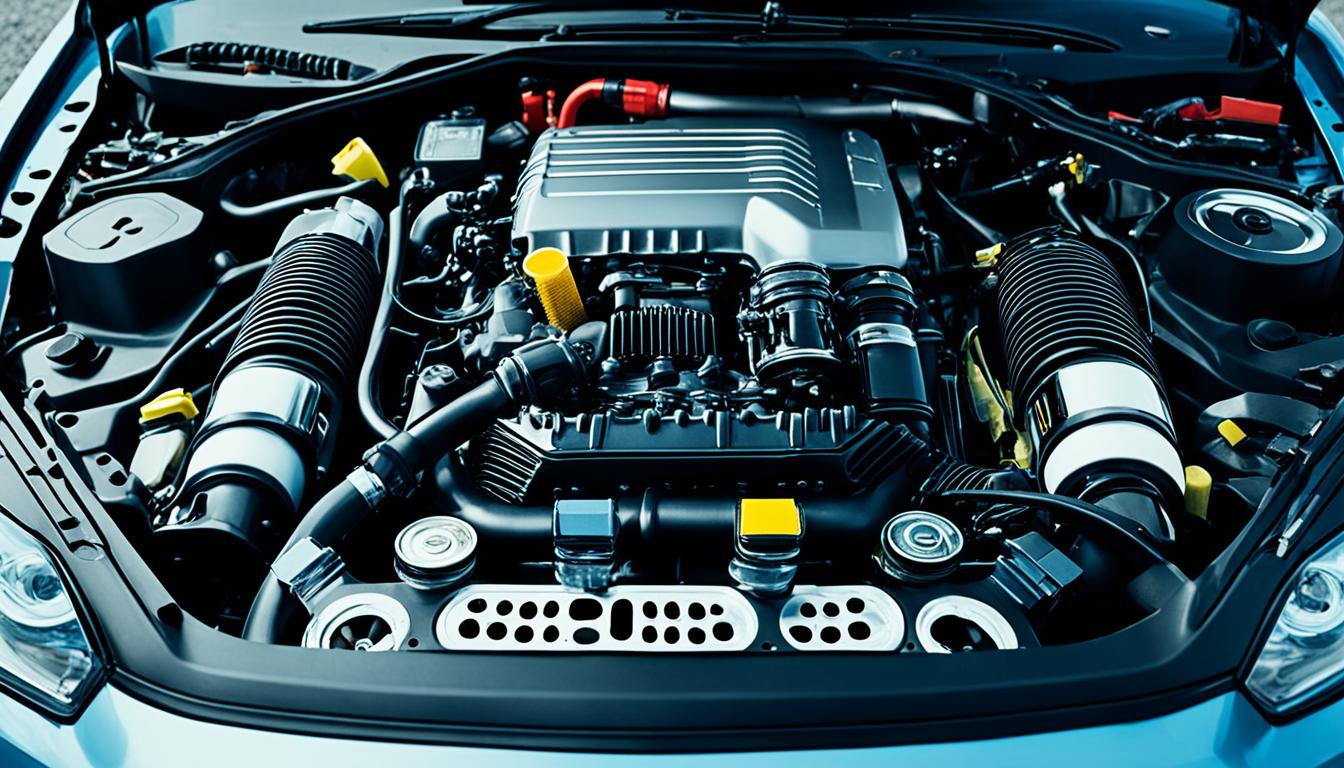
Top Car Care Tips to Keep Your Vehicle in Pristine Condition
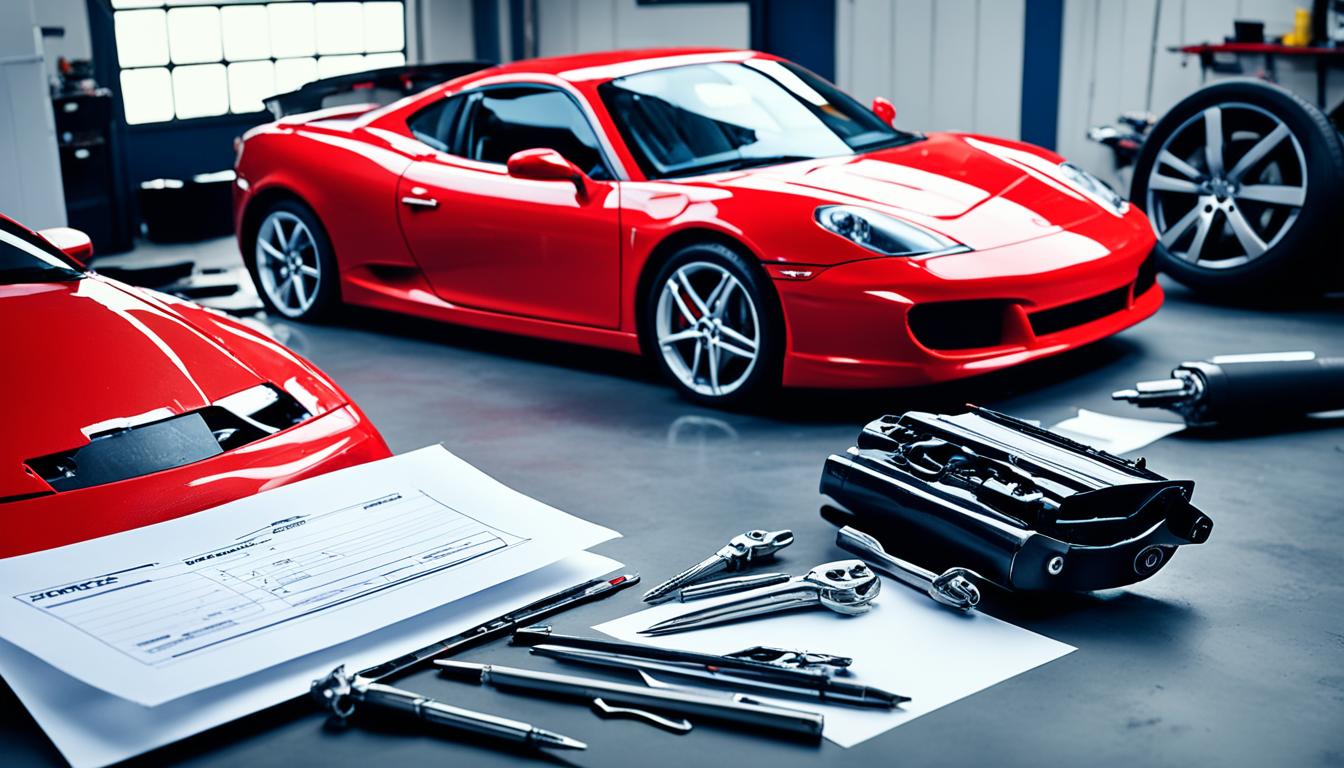
How to Accurately Estimate Collision Repair Costs
Hybrid vehicles have become an increasingly popular choice for eco-conscious drivers seeking a more sustainable mode of transportation. However, when these advanced vehicles are involved in a collision, the repair process can be more complex and challenging compared to traditional gasoline-powered cars. As automotive repair professionals, we understand the unique considerations and safety protocols required to effectively diagnose, disable, and repair hybrid vehicle systems in the aftermath of an accident.
Key Takeaways
- Hybrid vehicles feature high-voltage batteries and intricate electrical components that require specialized expertise and equipment for safe repair.
- Proper disabling and isolation of hybrid systems are essential to prevent electrical shock hazards during the collision repair process.
- Adherence to manufacturer-recommended procedures and use of personal protective equipment (PPE) are critical to ensure the safety of repair technicians.
- Unique hybrid vehicle systems, such as regenerative braking, must be properly diagnosed and repaired to restore the vehicle to pre-collision condition.
- Effective collaboration between collision repair centers and original equipment manufacturers (OEMs) is crucial for successful hybrid vehicle repairs.
Understanding Hybrid Vehicle Systems
Hybrid vehicles have revolutionized the automotive industry, offering a unique blend of traditional gas/diesel engines and cutting-edge electric motors. These advanced systems allow hybrid cars to consume less fuel and emit fewer greenhouse gases, making them an increasingly popular choice among eco-conscious drivers.
What Makes a Car “Hybrid”?
The key feature that distinguishes a hybrid vehicle is its dual-power setup. These cars are equipped with both a traditional internal combustion engine and an electric motor, which work in tandem to propel the vehicle. The electric motor is powered by a rechargeable battery, which can be charged through regenerative braking or by the gas engine itself.
Types of Hybrid Vehicles
There are two main categories of hybrid vehicles: plug-in hybrids and conventional hybrids. Plug-in hybrids have a larger battery that can be recharged from an electrical outlet, allowing for extended all-electric range. Conventional hybrids, on the other hand, rely on the gas engine to charge the battery, offering a more seamless integration of the two power sources.
Understanding the unique characteristics of these hybrid vehicle systems is crucial for properly repairing and maintaining them after a collision. By familiarizing ourselves with the differences between plug-in hybrid and conventional hybrid vehicles, we can ensure that the repair process is carried out safely and effectively.
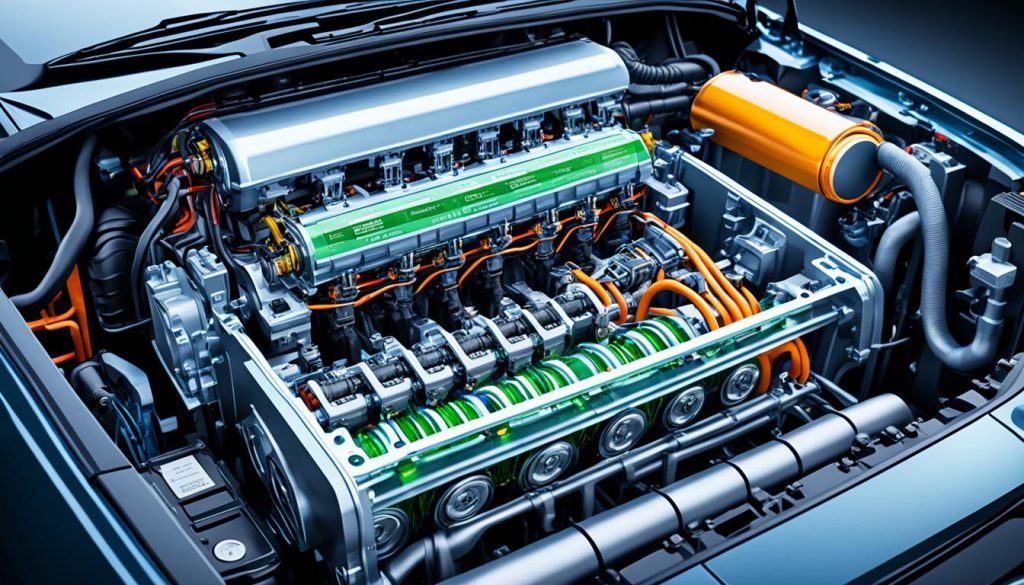
Repairing Hybrid Systems: The Challenges
Repairing hybrid vehicles can be a complex and demanding task, as these advanced vehicles feature unique systems that require specialized knowledge and equipment. From dealing with high-voltage batteries to navigating intricate cooling mechanisms, hybrid car repair presents a unique set of challenges for technicians.
High Voltage Batteries and Electrical Components
The high-voltage batteries that power hybrid vehicles are essential components, but they also pose a significant safety risk. Technicians must be trained to handle these batteries properly, using the appropriate personal protective equipment (PPE) and following strict safety protocols to prevent the risk of electric shock. Accessing and repairing the complex electrical systems in hybrid cars also requires specialized expertise.
Cooling Systems and Painting Protocols
Hybrid vehicles often feature more advanced cooling systems compared to traditional internal combustion engine cars. These cooling systems are designed to manage the heat generated by the high-voltage battery and other electrical components. Properly maintaining and repairing these cooling systems is critical, as any issues can lead to overheating and potential battery damage. Additionally, when painting a hybrid vehicle, technicians must be mindful of the battery’s sensitivity to heat during the paint curing process.
Crash Procedures and First Responder Instructions
In the event of a collision involving a hybrid vehicle, specialized crash procedures and first responder instructions must be followed to ensure the safety of both the occupants and the repair technicians. Hybrid car manufacturers provide detailed guidelines on how to safely disable the vehicle’s high-voltage systems and handle the aftermath of a crash. Familiarizing oneself with these procedures is essential for anyone working on hybrid vehicle collision repair.
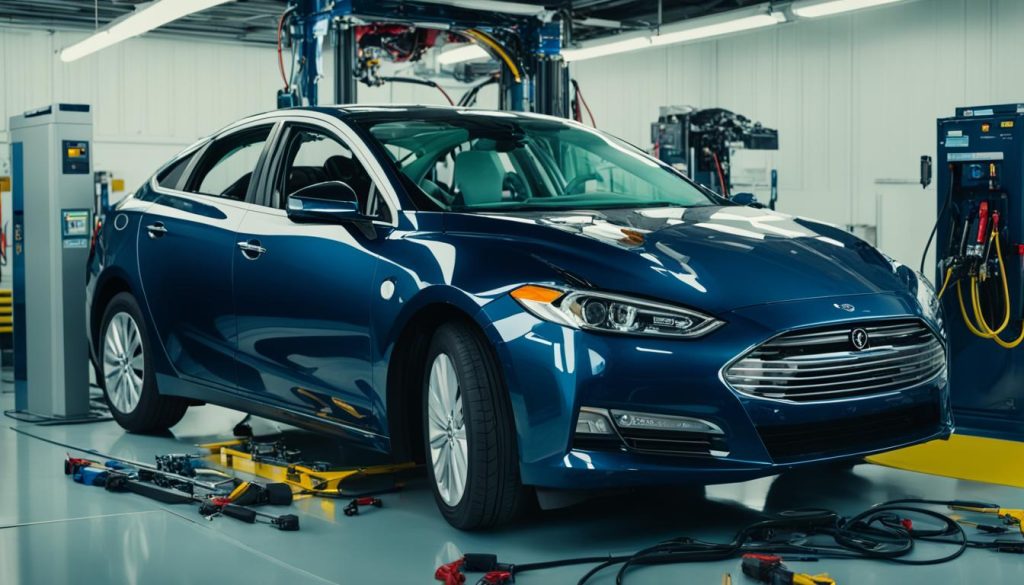
Overcoming the unique challenges of hybrid vehicle repair requires a commitment to ongoing training, the use of specialized tools and equipment, and a thorough understanding of the latest safety protocols. By staying up-to-date with industry best practices, technicians can effectively repair and maintain hybrid systems, ensuring the safe and reliable operation of these advanced vehicles.
Pre-Repair and Safety Protocols
Before any repair work can commence on a hybrid vehicle, it’s crucial to follow a set of essential pre-repair and safety protocols. Hybrid vehicles require special handling due to their complex electrical systems and high-voltage components, which can pose significant safety risks if not properly addressed.
Towing and Initial Inspections
Hybrid vehicles cannot be towed on their own wheels, as this could generate electricity and expose technicians to potential shock hazards. Instead, these vehicles must be transported using a flatbed or wheel lift tow truck. Upon arrival at the repair facility, a thorough inspection of the vehicle’s exterior and underbody is necessary to identify any visible damage or potential issues that may require immediate attention.
Disabling the Hybrid Vehicle Systems
Before any work can be performed on a hybrid vehicle, the technician must ensure that the high-voltage hybrid systems are properly disabled. This typically involves removing a fuse or activating a dedicated disconnector switch, effectively cutting off power from the hybrid components and minimizing the risk of electrical shocks or unintended system activation.
Personal Protective Equipment (PPE)
Working on hybrid vehicle systems requires the use of specialized personal protective equipment (PPE), such as insulated gloves, face shields, and other safety gear. These measures are essential for protecting technicians from the potential electrical hazards associated with high-voltage components found in hybrid vehicles.
By following these pre-repair and safety protocols, repair facilities can ensure the safe and effective handling of hybrid vehicles, minimizing the risks to both technicians and the vehicle itself during the collision repair process.
Collision Repair Process for Hybrid Vehicles
Repairing hybrid vehicles after a collision requires specialized knowledge and techniques. Technicians must handle high voltage components with extreme caution to avoid electrical shocks and damage. The hybrid vehicle collision repair process also presents unique challenges when it comes to regenerative braking systems and hybrid battery types.
Handling High Voltage Components
When working on a damaged hybrid vehicle, our technicians must be highly vigilant about the high voltage components, such as the electric motor and battery pack. We follow strict safety protocols to isolate and disconnect these systems before beginning any repairs. This ensures the safety of our team and prevents further damage to the vehicle’s electrical systems.
Regenerative Braking Systems
Hybrid vehicles use regenerative braking to recover energy and recharge the battery during deceleration. However, this means that even a disabled hybrid can still generate electricity when pushed or moved. Our team takes great care to properly disable the regenerative braking system before attempting any collision repairs to avoid potential hazards.
Battery Types and Neutralization
Depending on the specific hybrid model, the battery type may be Nickel-Metal Hydride (NiMH) or Lithium-ion (Li-ion). If a hybrid battery is damaged and leaking, we follow the manufacturer’s recommended neutralization and cleanup procedures to safely handle any spills or leaks. This is a critical step to prevent further damage and ensure the safety of our technicians.
Conclusion
Repairing collision damage on hybrid vehicles requires a higher level of expertise and specialized procedures compared to traditional gasoline-powered cars. Our team at Miracle Body and Paint understands the unique challenges posed by hybrid systems, such as high voltage batteries, complex cooling systems, and specialized painting protocols. We are equipped to safely and effectively restore hybrid vehicles to their pre-collision condition, ensuring your green car is back on the road in top shape.
At Miracle Body and Paint, our certified hybrid repair specialists are dedicated to providing comprehensive collision repair services for hybrid vehicle owners. We are committed to staying up-to-date with the latest advancements in hybrid technology and repair techniques, ensuring we can deliver the highest quality of service and restore your vehicle to its optimal performance.
Whether you have been involved in a minor fender bender or a more severe collision, trust Miracle Body and Paint to handle your hybrid vehicle repair needs. We are proud to be a leader in the industry, providing exceptional service and restoring your hybrid vehicle to its pre-collision state, so you can continue to enjoy the benefits of your eco-friendly transportation.


